Tools are a vital part of any home, workshop, or garden. Whether it’s a screwdriver, hammer, or gardening spade, keeping tools in top condition ensures they work effectively and last longer. Rust can develop quickly on metal surfaces, especially in humid or wet conditions, reducing both the lifespan and performance of your tools. Fortunately, rust-proofing doesn’t have to be complicated. With some simple strategies, you can keep your tools looking new and functioning perfectly. Here are seven easy ways to rust-proof your tools.
1. Keep Tools Dry at All Times
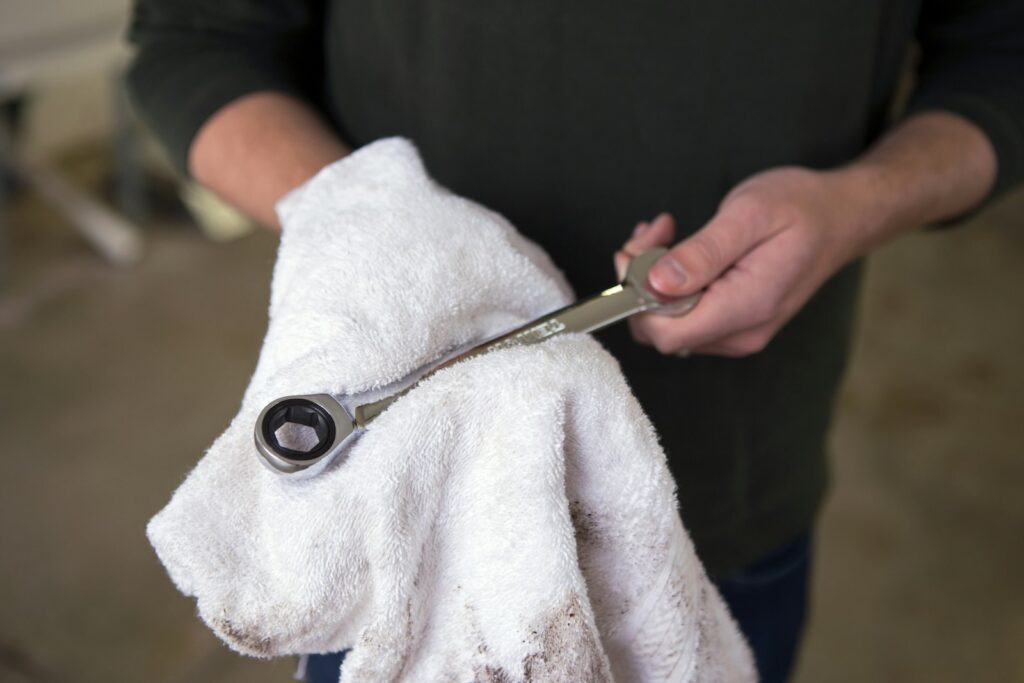
Moisture is the main culprit behind rust formation. After using tools, always wipe them with a dry cloth to remove any water, sweat, or dirt. For outdoor tools, it’s especially important to clean off mud or plant debris before storing them. Even a small amount of moisture left on metal surfaces can start the oxidation process. Consider using silica gel packs in toolboxes or cabinets to absorb excess humidity. Regularly checking and drying your tools ensures they remain in excellent condition and prevents rust from forming before it starts.
2. Apply a Protective Oil Coating
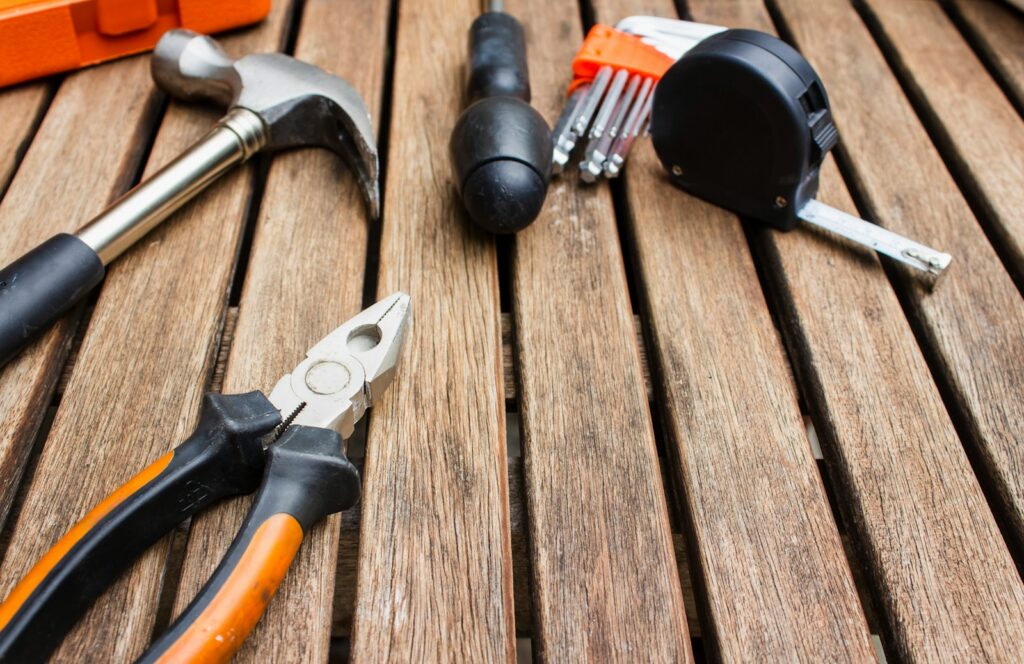
A thin layer of oil is a simple but highly effective rust prevention method. Mineral oil, machine oil, or even household oils like vegetable oil can create a barrier between metal surfaces and moisture. After cleaning your tools, apply a light coat with a cloth, making sure to cover every exposed metal area. Tools with moving parts, like pliers or shears, benefit from oiling as it also keeps them operating smoothly. Reapplying oil every few months, or after heavy use, provides ongoing protection, giving your tools a fresh, polished appearance while preventing rust from taking hold.
3. Store Tools in a Controlled Environment
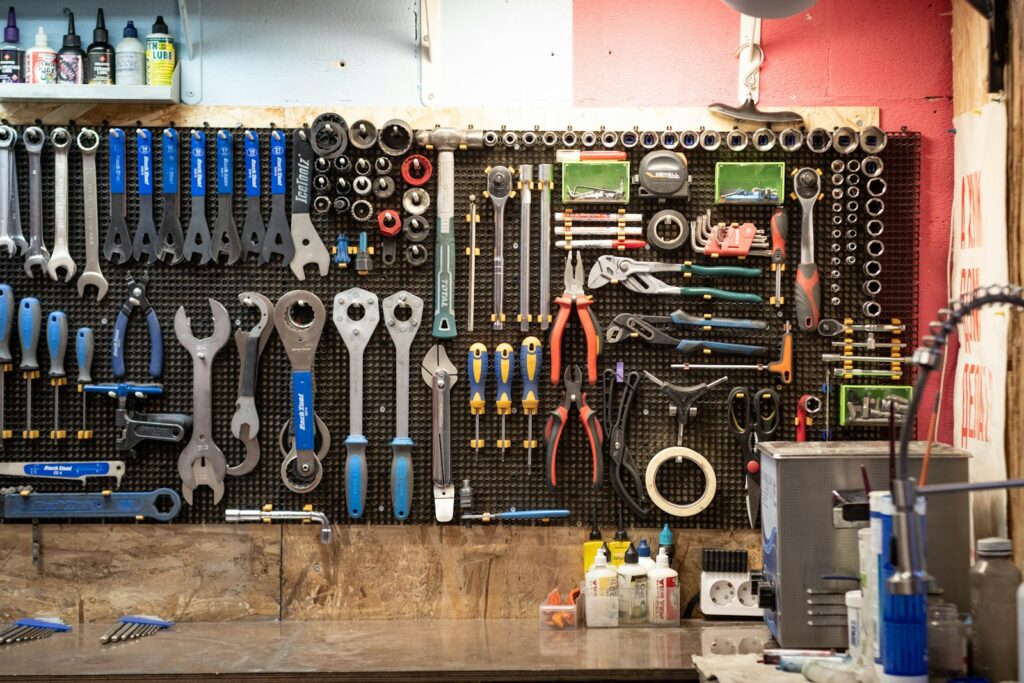
Where you store your tools has a significant impact on their longevity. Avoid leaving metal tools in damp basements, garages, or sheds without ventilation. A controlled environment with moderate temperature and low humidity greatly reduces the risk of rust. Tool chests, cabinets, or even storage boxes lined with moisture-absorbing materials help maintain dryness. For outdoor tools, hanging them on a wall or placing them on a shelf instead of directly on the floor prevents exposure to condensation. Proper storage ensures that your tools remain both clean and rust-free for years.
4. Use Rust-Resistant Coatings
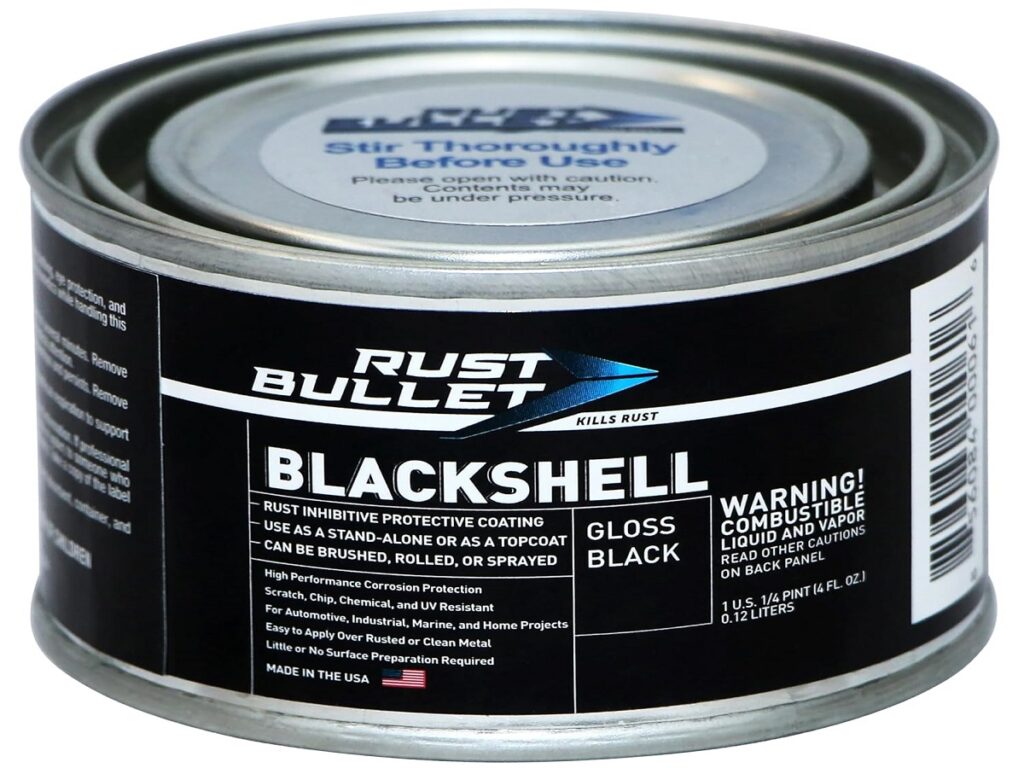
Many tools can benefit from commercially available rust-resistant sprays, paints, or coatings. These coatings are specifically formulated to prevent oxidation and are easy to apply. Before applying, clean the tools thoroughly to remove existing rust or dirt. Spray or brush a thin layer evenly across the metal surfaces, then allow it to dry completely. This creates a long-lasting protective shield that reduces the need for frequent maintenance. Rust-resistant coatings are particularly useful for frequently used tools or those stored in environments prone to moisture and humidity.
5. Keep Tools Clean and Free of Dirt
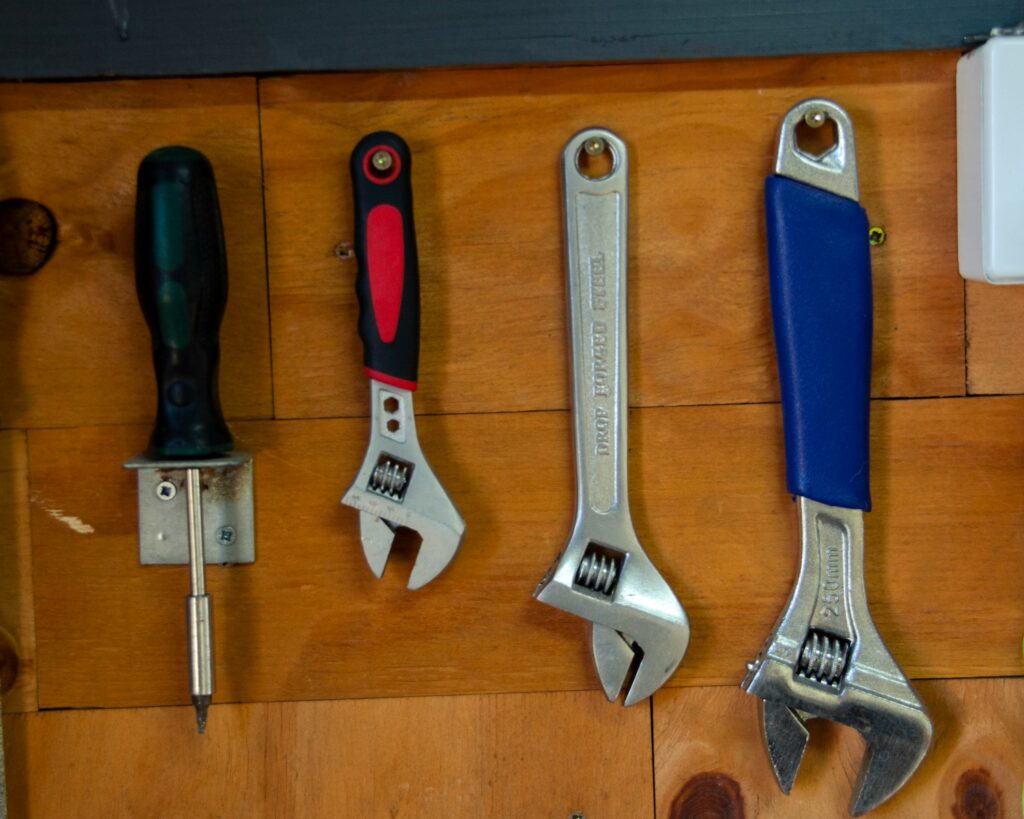
Dirt, grime, and residues can trap moisture against metal surfaces, accelerating rust formation. Regular cleaning after each use is essential. Scrub off soil, grease, or chemical residues using a soft brush and warm soapy water. Dry tools thoroughly afterward. For stubborn rust spots, gently sanding or using a rust remover can restore the surface before applying protective oil or coatings. Clean tools not only last longer but are safer and more efficient to use. Making a habit of cleaning tools immediately after work keeps them looking new and prevents small issues from becoming serious damage.
6. Use Anti-Rust Storage Solutions
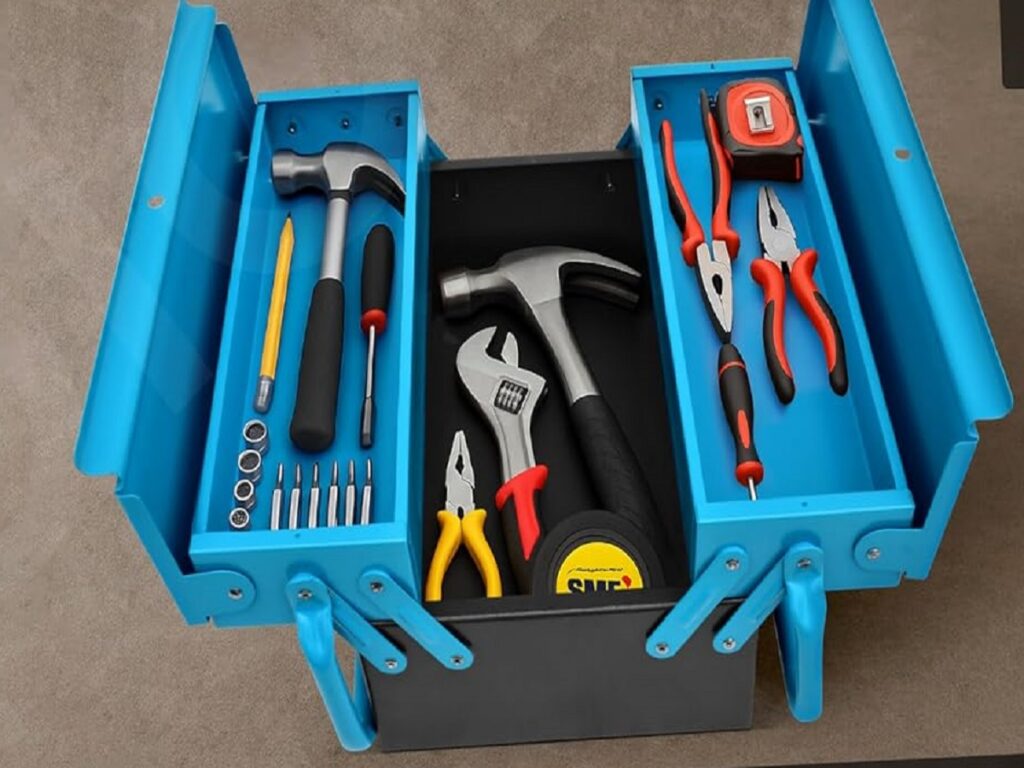
Innovative storage solutions can actively prevent rust from forming. Toolboxes, cabinets, and bags that include rust-inhibitor liners or moisture-absorbing packs provide extra protection. Some storage units even have built-in dehumidifiers for larger workshops. Magnetic tool racks or hanging systems prevent metal tools from touching potentially wet surfaces. Combining these storage solutions with regular maintenance, such as oiling or cleaning, ensures your tools are protected even during long periods of non-use. Thoughtful storage is a simple, effective step toward prolonging your tools’ lifespan.
7. Regularly Inspect and Maintain Tools
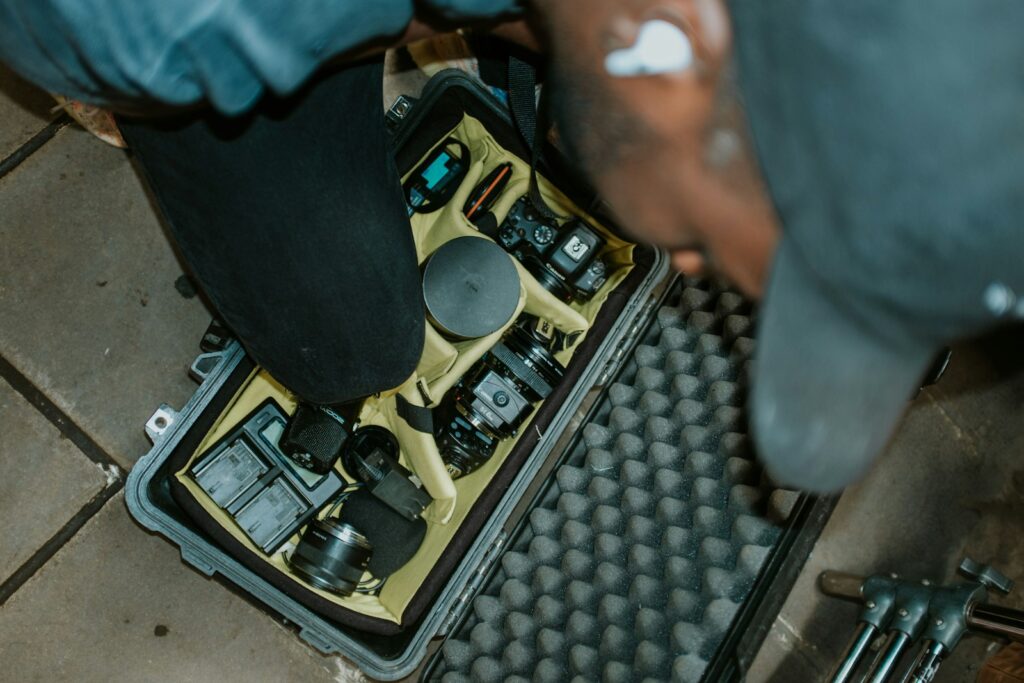
Preventing rust is an ongoing process that requires attention. Inspect tools regularly for early signs of corrosion, scratches, or wear. Addressing minor rust spots immediately, through light sanding and oiling, prevents them from spreading. Tighten loose screws, sharpen blades, and ensure moving parts are lubricated. Routine maintenance not only prevents rust but also keeps tools performing at their best. By dedicating a small amount of time each month to inspection and care, you ensure that every tool remains reliable, safe, and visually appealing for years to come.
Comments